I have walked in the hills above Chilworth and driven through the village countless times but until I spotted it on the map while looking for somewhere to go for a ramble on my day off I was unaware of the existence of the former Gunpowder Mills. What looks like a patch of ordinary woodland contains the remains of the Middle Works, part of a much larger industrial site that produced explosives from the mid 17th century until the end of the Great War. The ruins of many structures can be found among the trees and it’s all just sitting there free to wander around. You can even pick up a Heritage Trail guide on site provided by Guildford Borough Council, or download it before you go (PDF file, 3MB).
The West Lodge stands at the site entrance in Blacksmith Lane. This was where the workers would check in and be checked for sources of ignition, e.g. matches, pipes, etc.
West Lodge
Oddly it doesn’t seem that checks included footwear as in 1901 an explosion occurred in the Corning House, where pressed powder was broken up and sorted into grain sizes. A spark from a hob-nailed boot caused the explosion which resulted in the death of six men. Seems strange to me that hob-nailed boots were permitted on site. They did wear brimless hats however to keep the powder out of their hair since that could result in an unfortunate incident when they got home and sat down in front of the fire!
Remains of the Corning House
The Middle Works were built in the 1650s along with the New Cut, a 5-8m wide water channel used to transport materials in punts around the site. The finished product would be taken by waggon to the Wey Navigation and then to magazines on the Thames.
The New Cut, 1656.
Many of the paths giving access to the site today follow the network of man-hauled tramways built on the site which also had a spur built to the railway line at Chilworth, crossing the New Cut on a swing bridge.This tramway was of metric gauge, the first such known in the UK. Nobody tell the Brexiteers, they wouldn’t like it. Narrow gauge wooden wagons (for obvious reasons) brought in coal for use on site.
Tramway swing bridge over the New Cut, branch to Chilworth station.
There are two buildings on site which are apparently intact. These are the Expense Magazines, used to store materials between production stages and located next to wharves on the New Cut. Judging by the big steel gates across their doors they're still in use for storage although presumably not for gunpowder!
Expense Magazine
The earlier steam Incorporating Mills where the mixture of saltpetre, charcoal, and sulphur was ground between mill stones like those used to grind grain into flour, are in a very ruinous state. Two bed stones and the engine bed and part of the boiler house chimney remain. Above next to the path is a row of worn out millstones sat on edge which would have been banked up with earth to form a blast wall.
Steam Incorporating Mill remains.
The largest and most impressive structures remaining on the site are to be found towards the eastern end, next to the main tramway/path and the New Cut. These are the 1880s Steam Incorporating Mills. The tall blast proof walls remain and you can walk down the stairs into the gear rooms which would have been below a wooden floor at ground level.
Tall blast walls, 1880s Incorporating Mills.
Underfloor gear rooms, 1880s Incorporating Mills
Underfloor gear rooms, 1880s Incorporating Mills
Across the minor road at the eastern end of Middle Works is the Upper Works and an iron gate exists that was the entrance to the Smokeless Powder Factory. The Upper Works lies on private land with no access to the public however from the footpath leading to Mill Lane you can see the remains of the Afmiralty Cordite Factory further up-stream on the Tillingbourne, the river that provided water to, and runs through, the factory complex.
Admiralty Cordite Factory, Upper Works.
I do seem to have taken quite a lot of photos while wandering around the works, too many to include here but they can all be seen in this Flickr Album if you are interested.
The photos in the album aren’t in the west to east order that I’ve written this blog post since I started in the middle of the site having walked down from St. Martha’s Church, high on the downs above. That’s worth a visit too if only for the far reaching views.
Getting there: You could park up at St. Martha’s Hill car park in Guildford Lane and walk down as I did, it’s a fairly long climb back up so if you’re not feeling energetic park in Chilworth and access via Blackthorn Lane or Vera’s Path which is the route of the tramway spur to Chilworth Station, which is served by GWR trains between Redhill and Reading. Buses from Guildford, Redhill, and Godalming also stop outside the railway station.
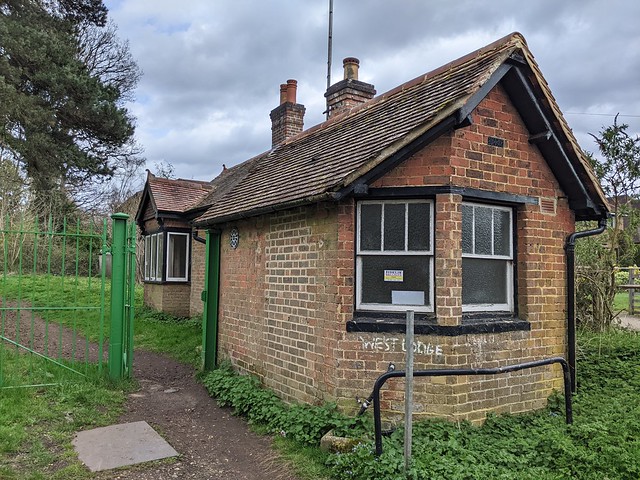

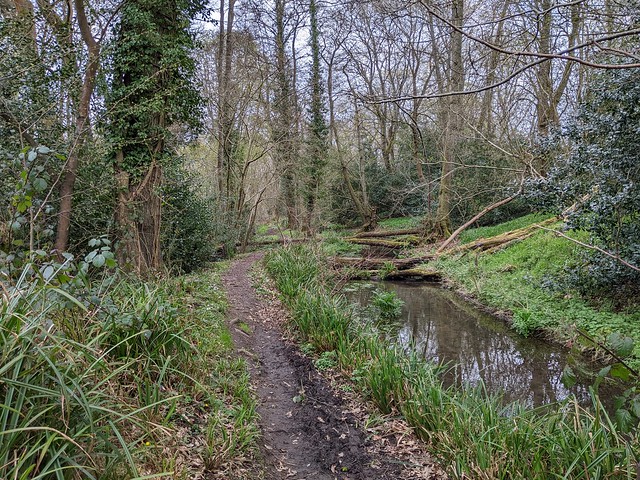

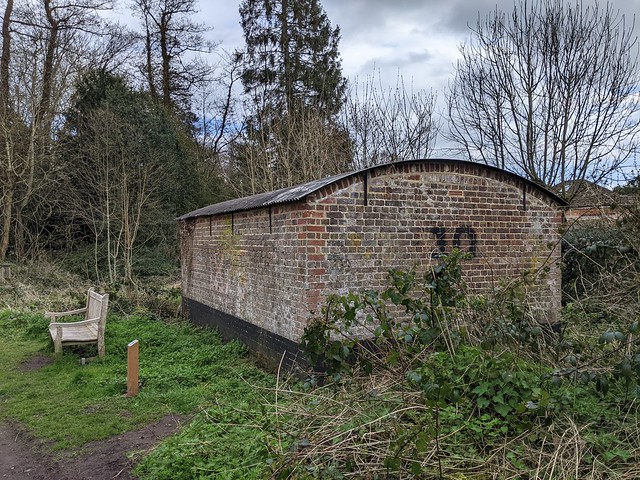
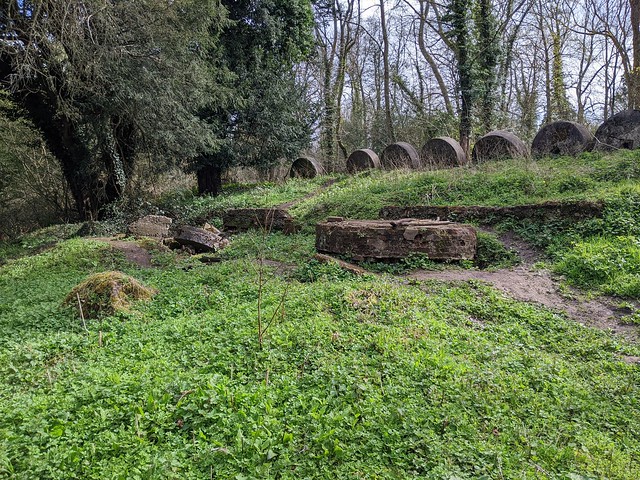
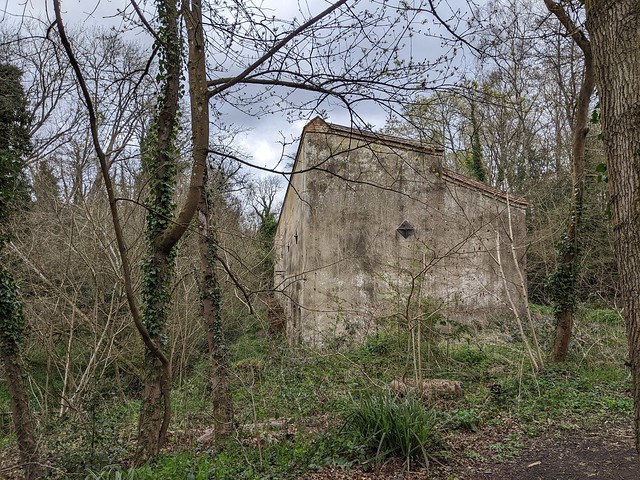
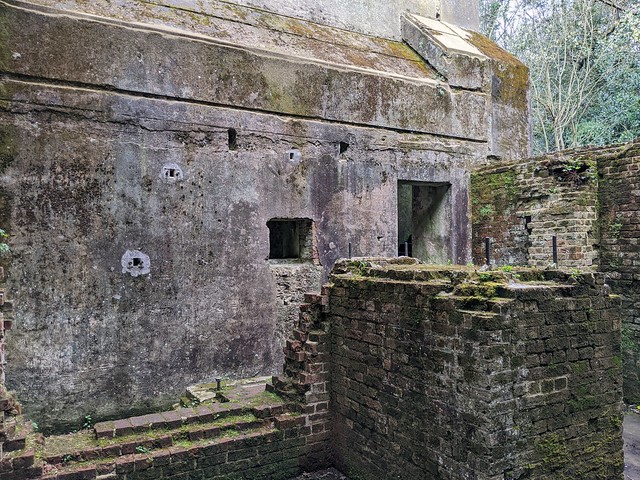


No comments:
Post a Comment